PADMASANA (LOTUS POSE)
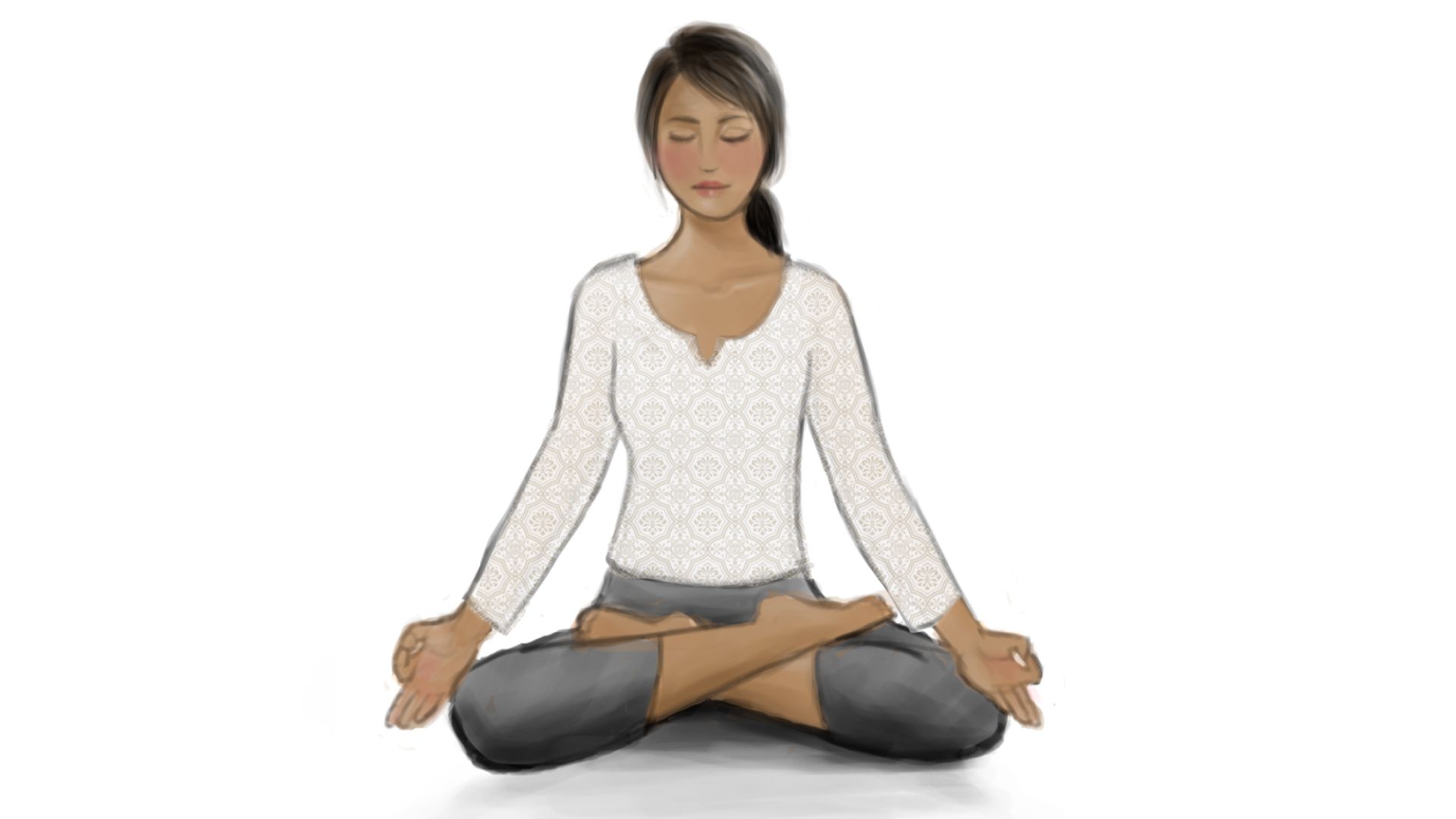
Name
Padma means lotus. As the body takes the shape of a lotus in the final position of this asana, it is called Padmasana
Technique
Starting position: Sit on the ground with the legs stretched in front and the spine erect
Benefits
Padmasana helps to induce calmness and tranquility It also improves concentration and enhances memory.
Caution
If you have knee or ankle injuries, you should avoid this asana.
VAJRASANA (DIAMOND POSE)
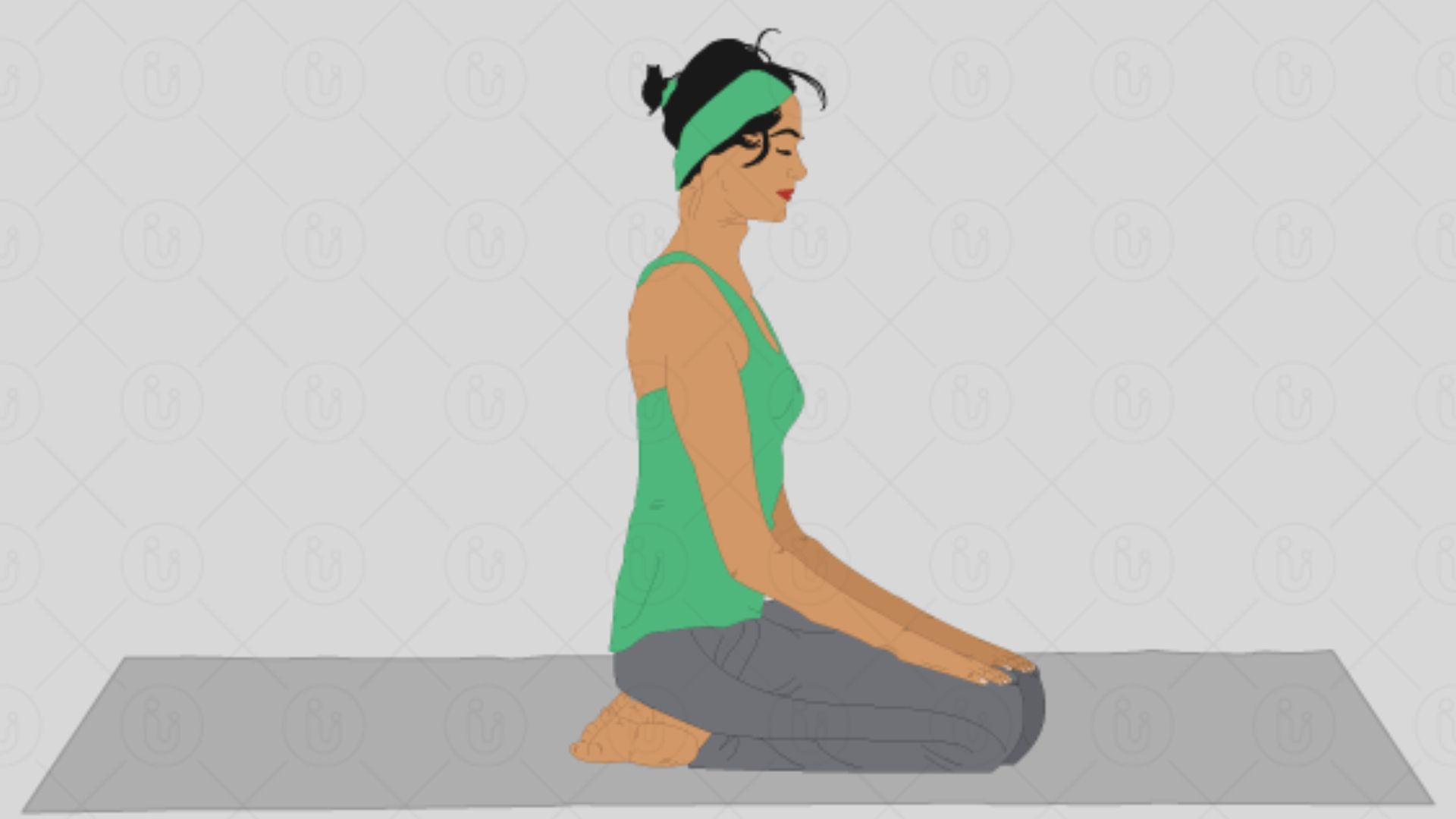
Name
Vajrasana is a meditative asana. Its regular practice makes one sturdy and strong, which is why it is also referred to as the 'diamond pose
Technique
Starting position: Sit on the floor in the kneeling position with the big toes joined together.
Benefits
This asana is good for digestion. It also improves concentration.
Caution
If you have knee or ankle injuries, you should avoid this asana
GOMUKHASANA (COW'S FACE POSE)
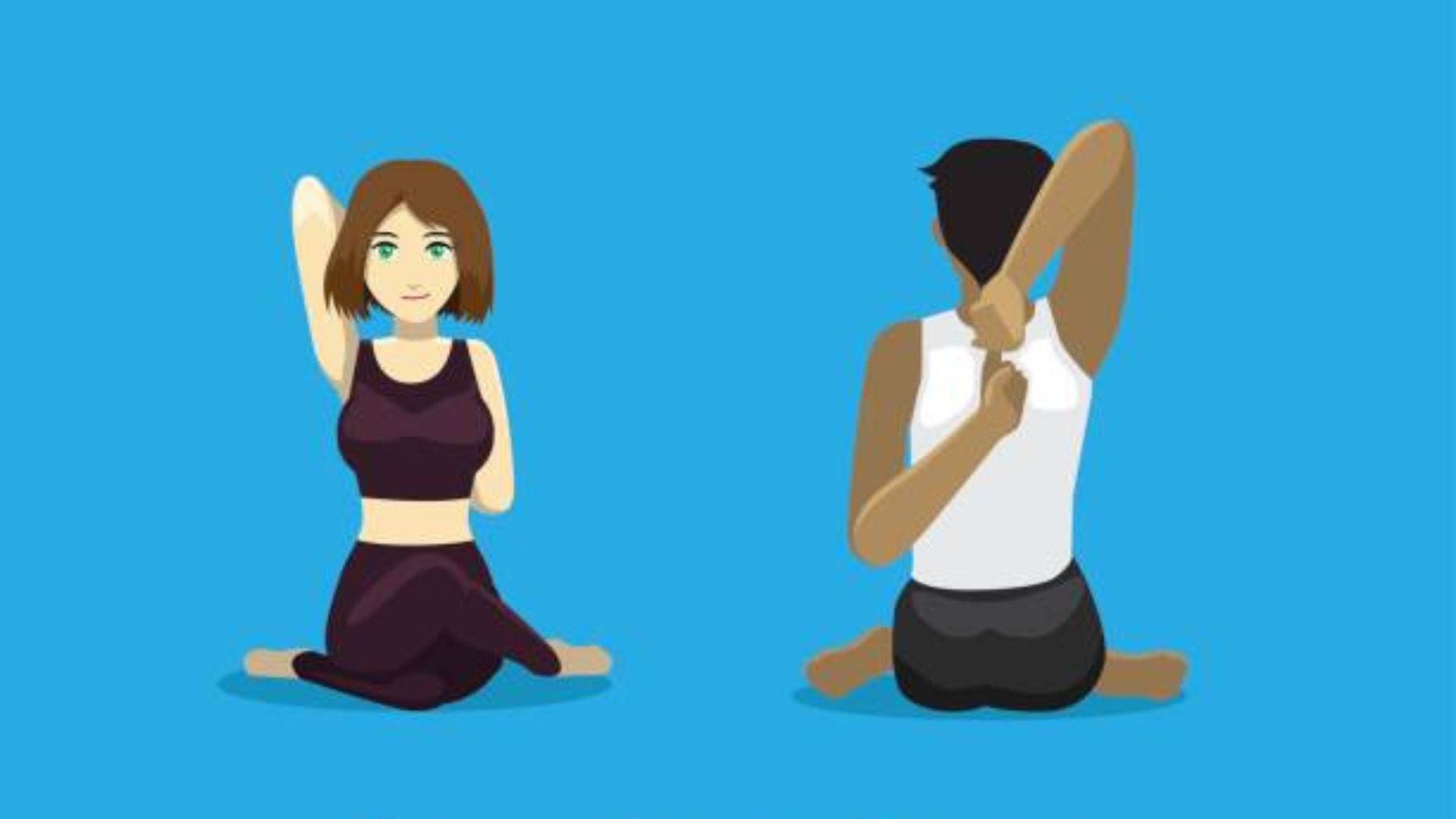
Name
Gomukhasana is also called the 'cow's face pose as the knees, thighs and cakes together make a shape that resembles a cow's face.
Technique
Starting position: Sit erect with the legs stretched
Benefits
This asana improves lung capacity and concentration, and induces inner calmness. It corrects postural deformities like drooping shoulders.
Caution
Avoid this asana if you have joint injuries or piles
ARDHA MATSYENDRASANA (HALF-MATSYENDRA POSE OR HALF-SPINAL TWIST POSE)
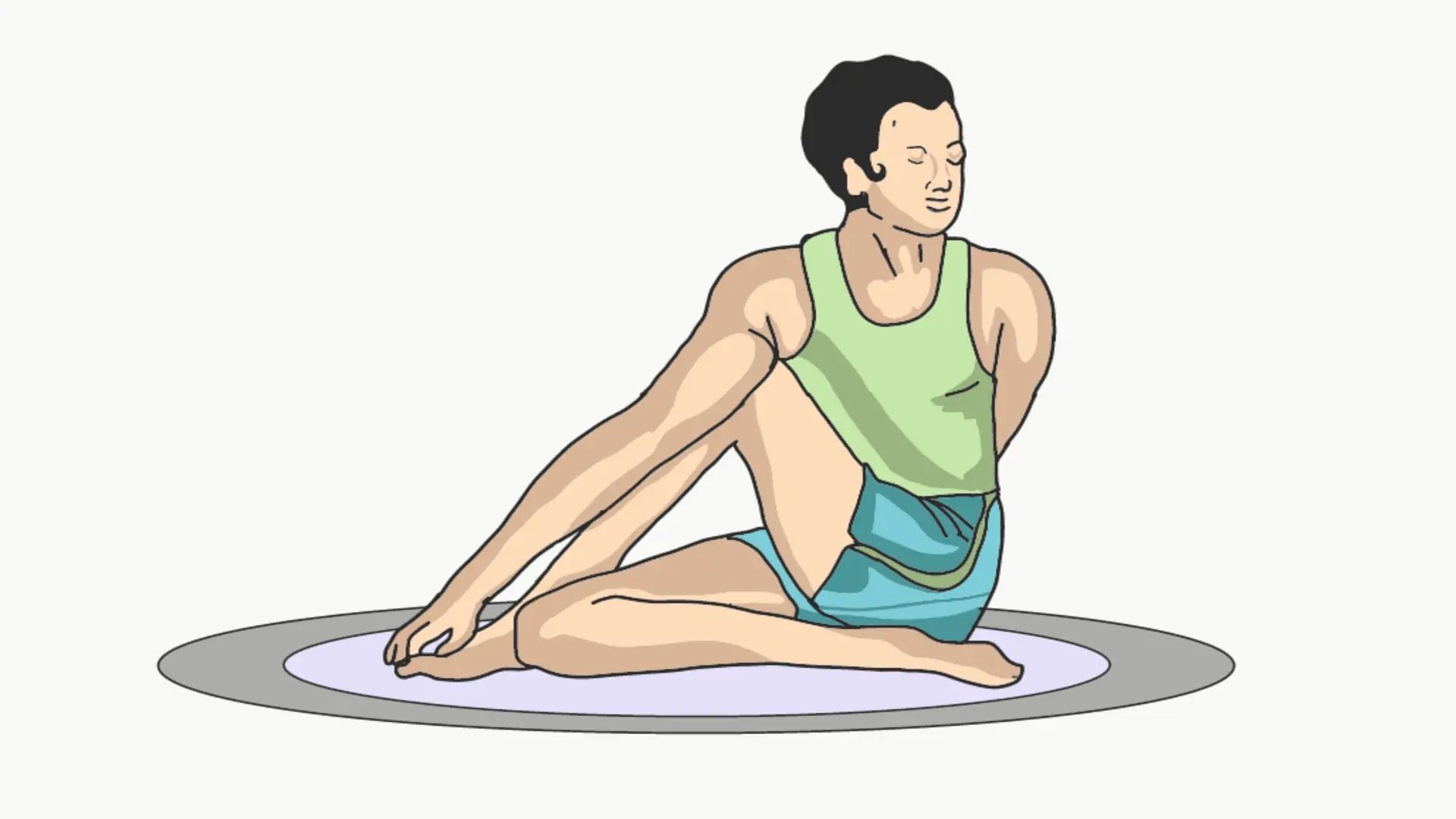
Name
Matsyendrasana is named after Yogi Matsyendranatha of Nath Parampara. The full version of this asana is difficult for a beginner to master. Therefore, a modified version of the asana, called Ardha Matsyendrasana, is presented here.
The name Ardha Matsyendrasana comes from the words ardha meaning half, matsya meaning 'fish', Indra meaning 'king', and asana meaning 'posture' or 'seat'. It literally means the half-twisted posture of the king of fish.
Technique
Starting position: Sit on the floor with your legs stretched in front of you. Keep your back straight and legs together.
Benefits
Caution
Perform this asana under the supervision of a yoga expert to avoid any back or spine injury. Girls can avoid this posture during menstruation.
Credits:- Shri Narendra Modi, Honorable Prime Minister of India in his book - Exam Warriors
NEXT ARTICLE
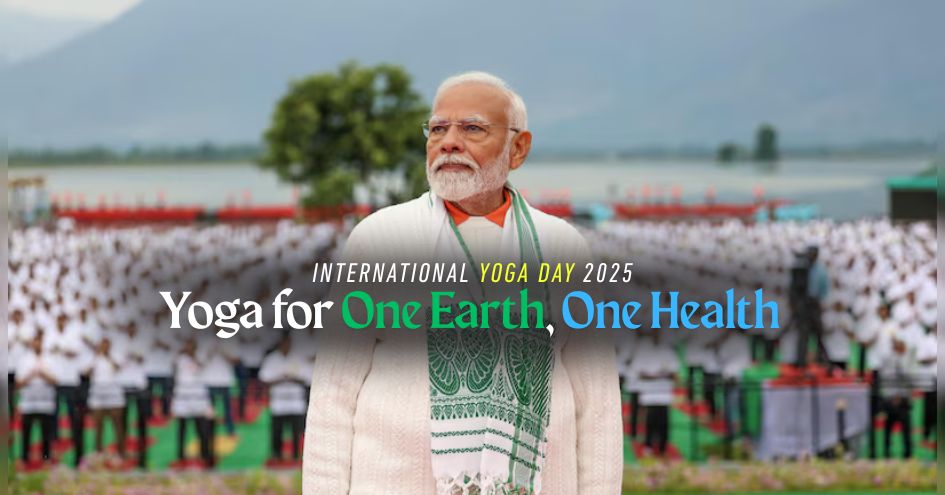
Earlier this year in March, Prime Minister Narendra Modi formally declared "Yoga for One Earth, One Health" as the theme for International Yoga Day 20...